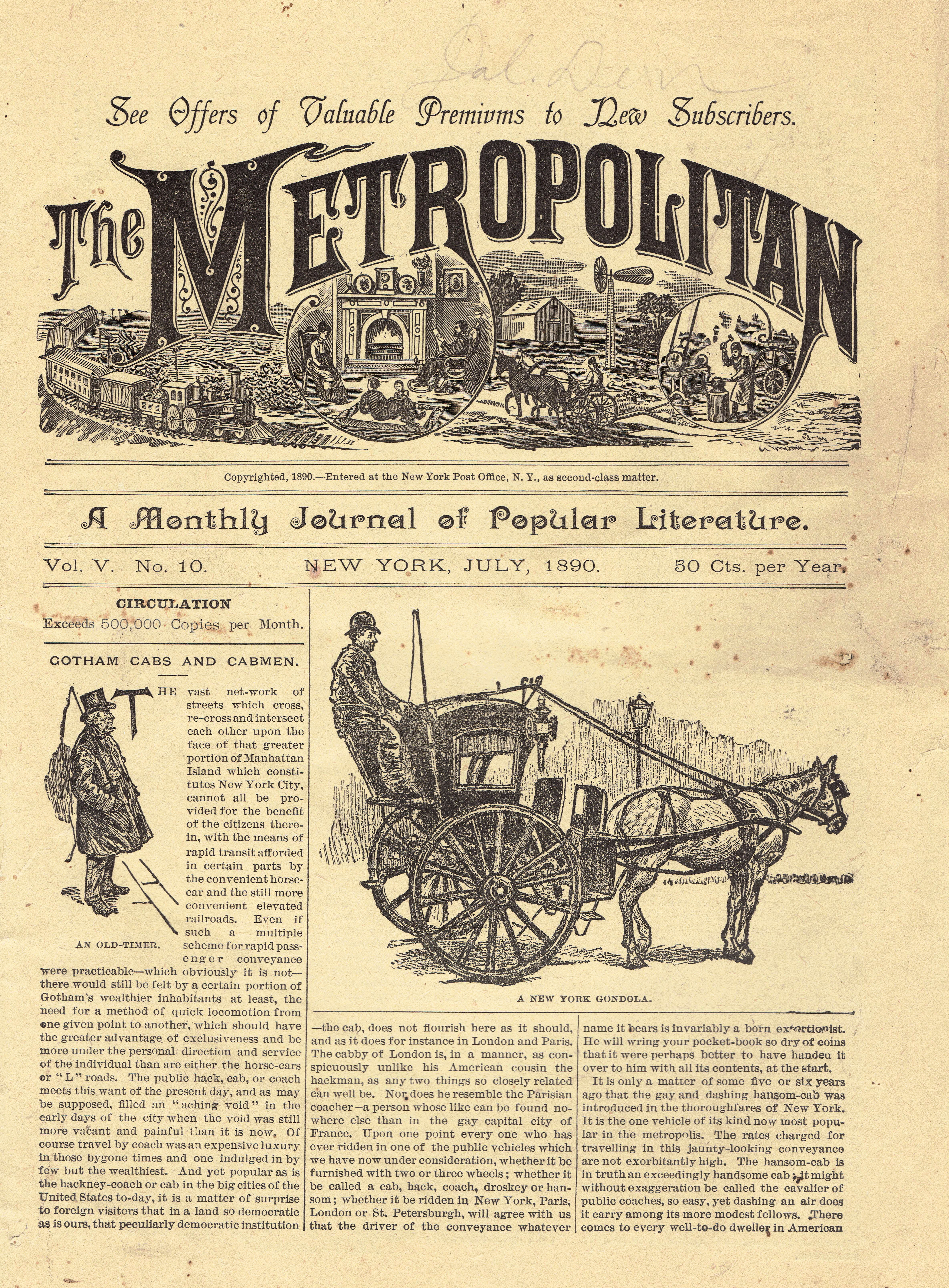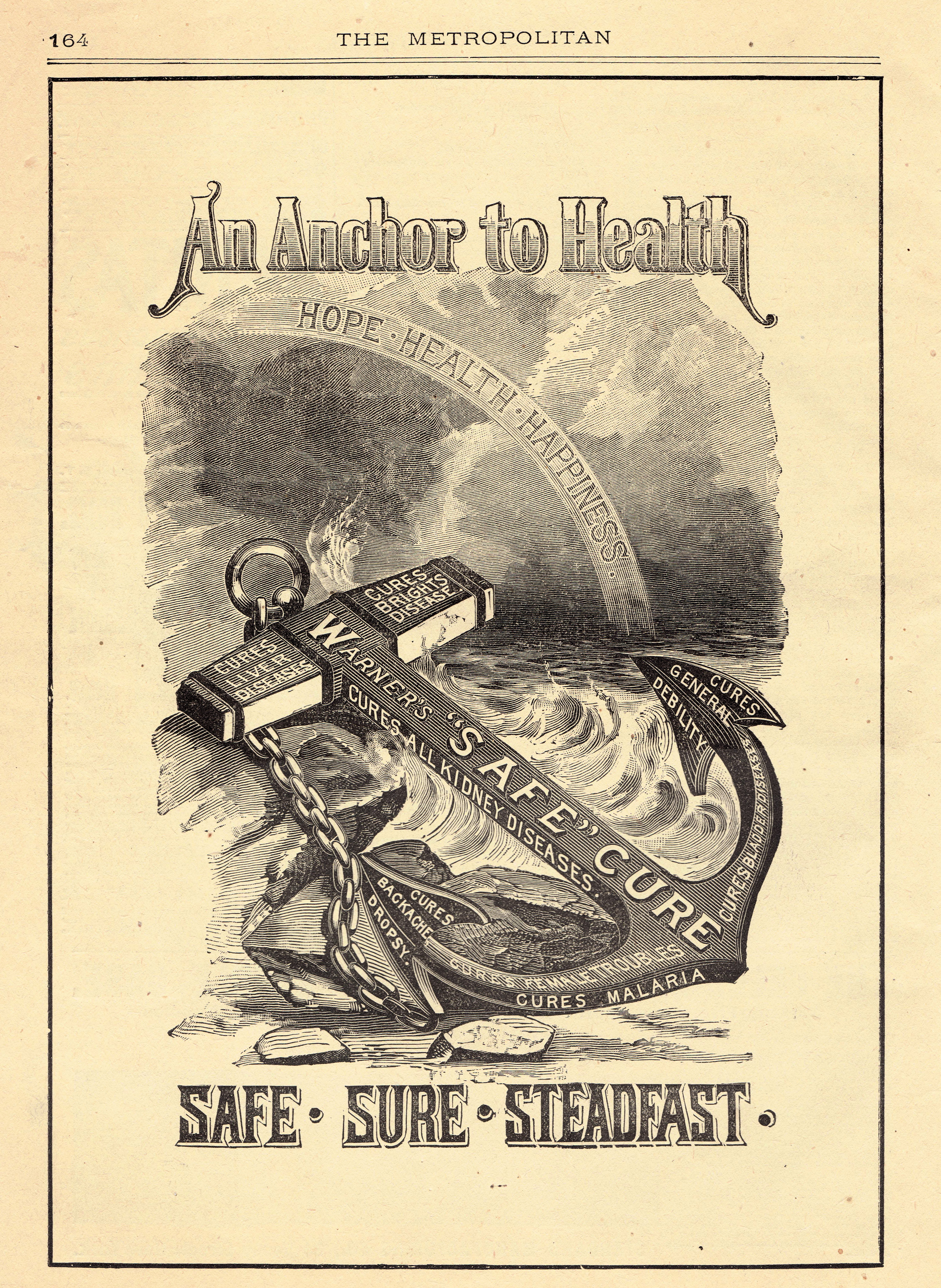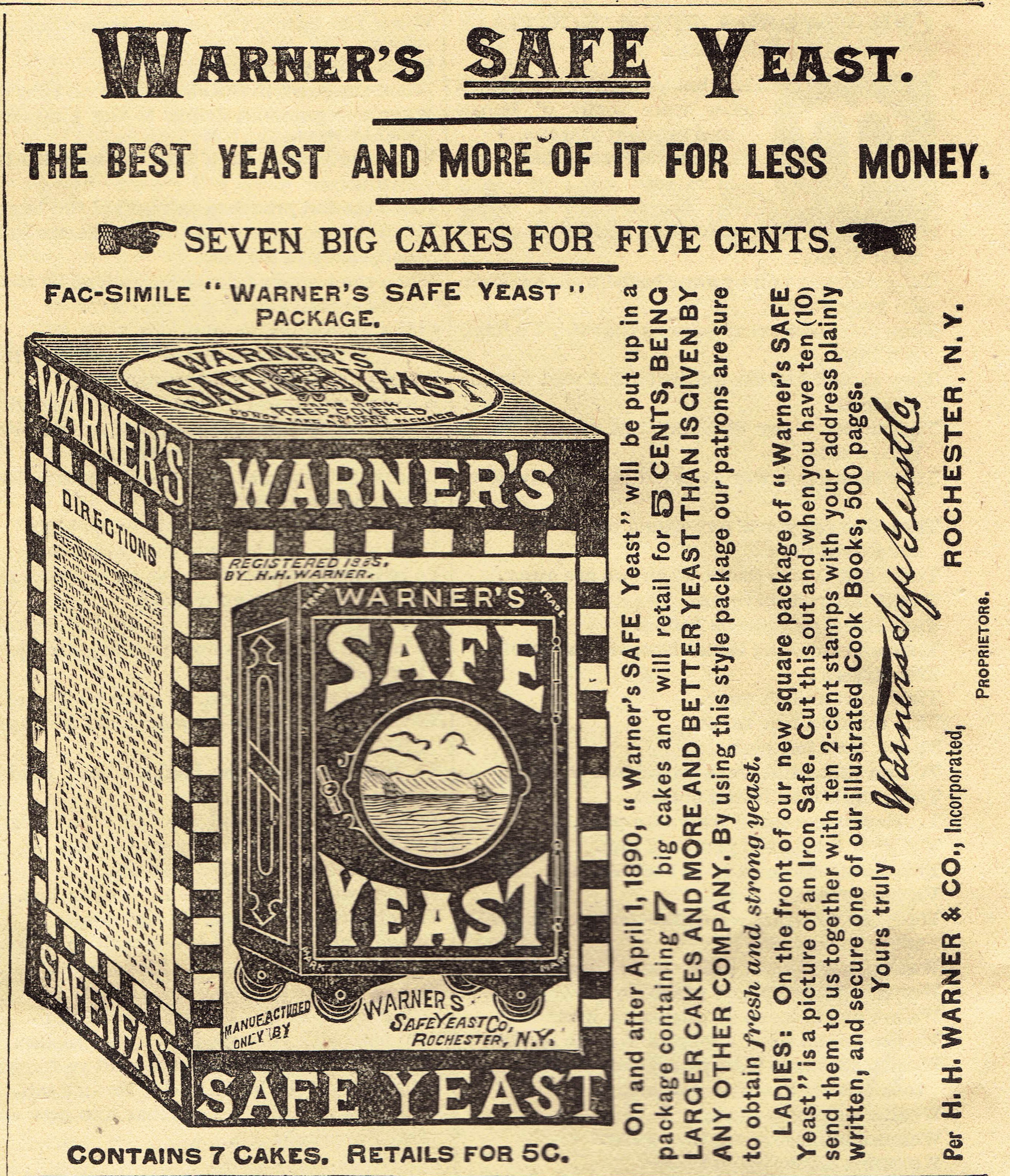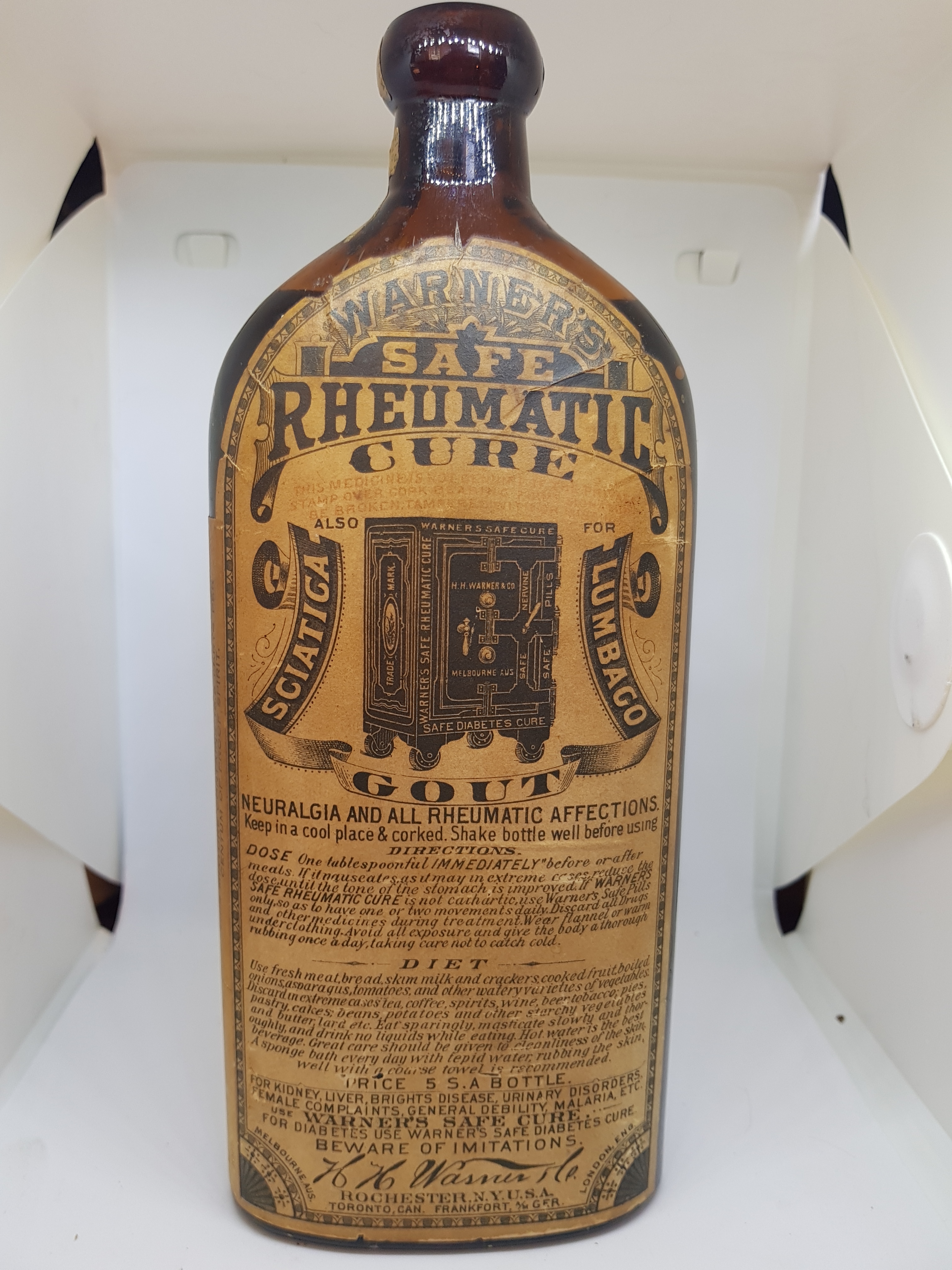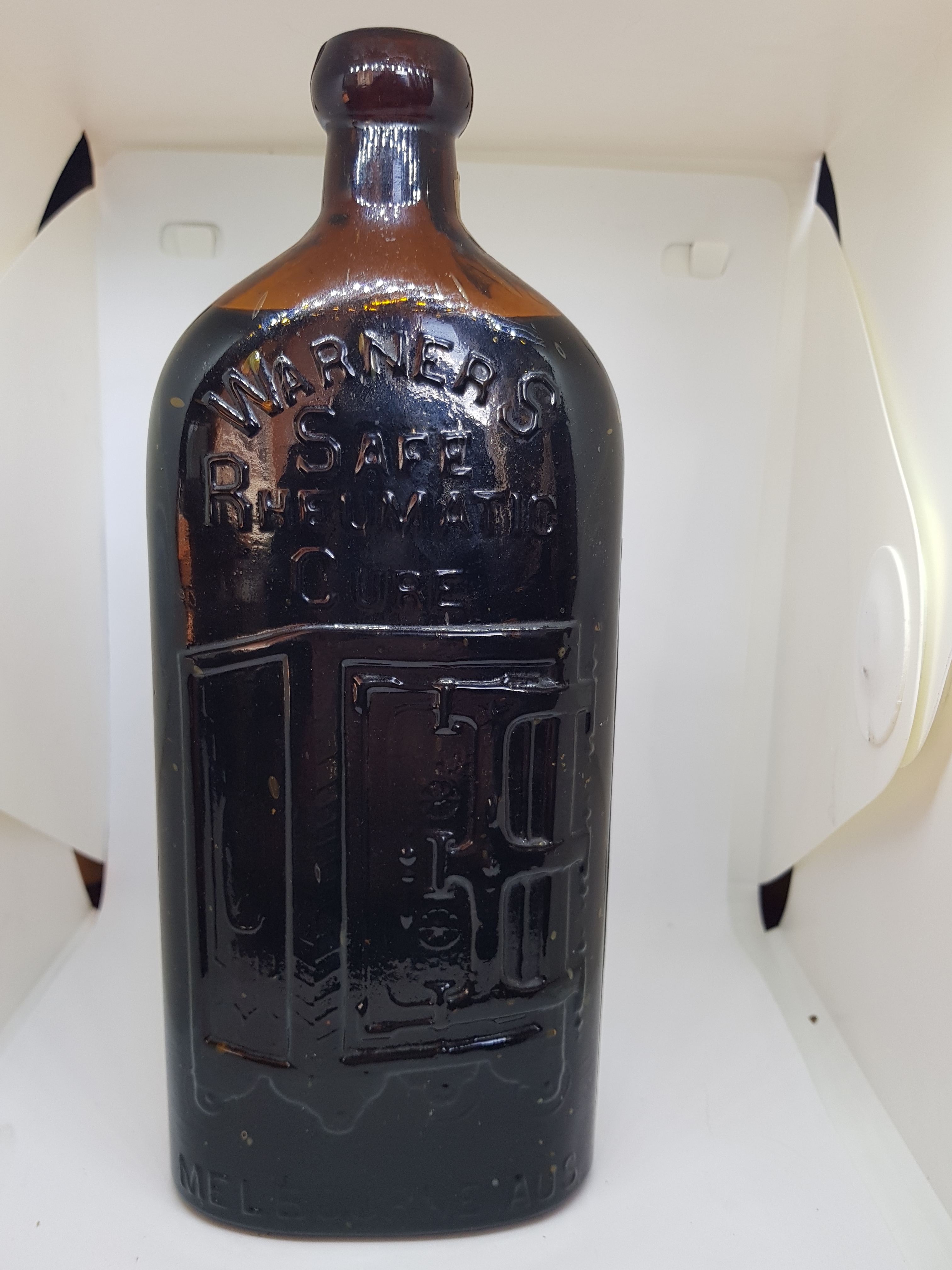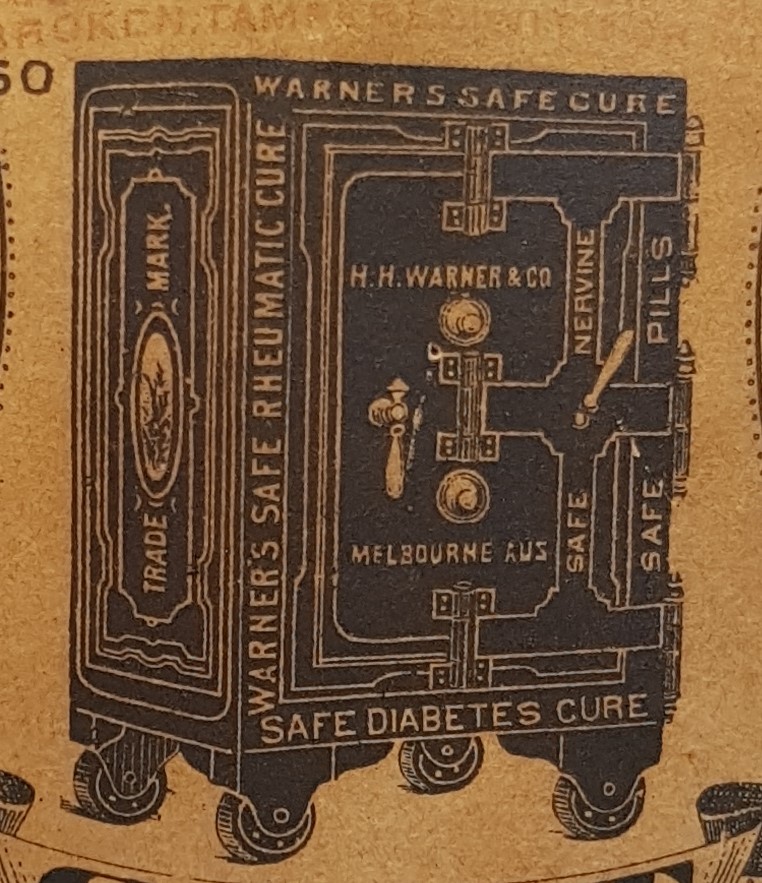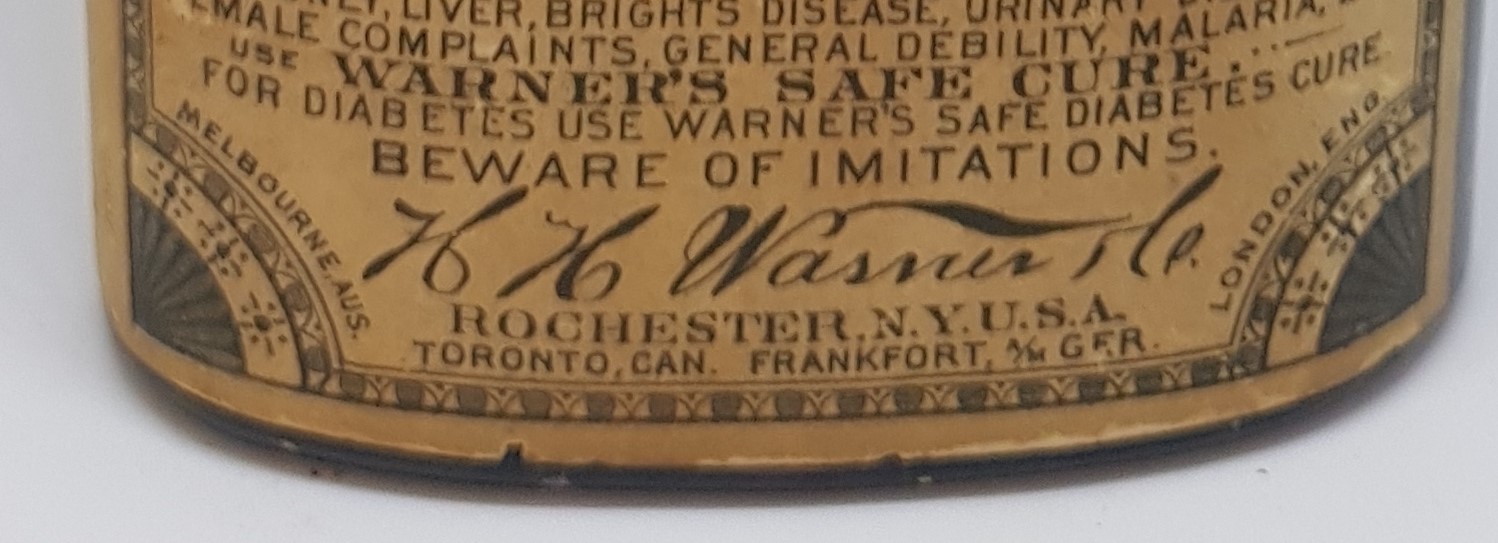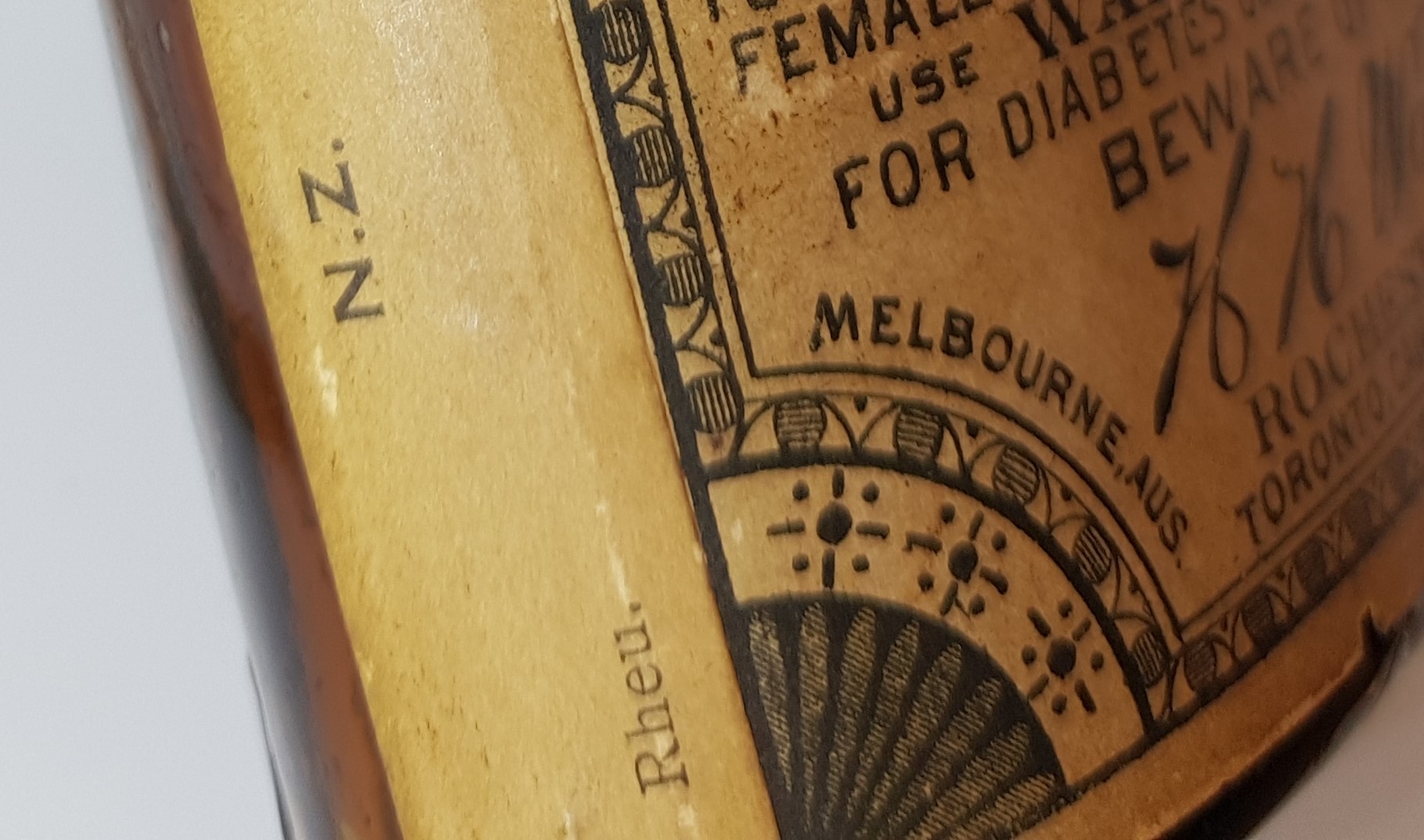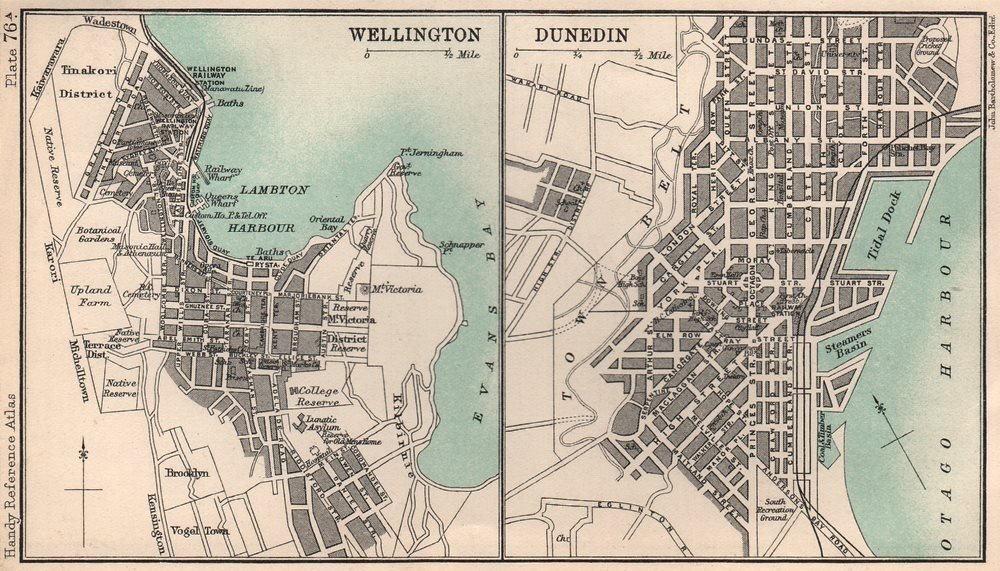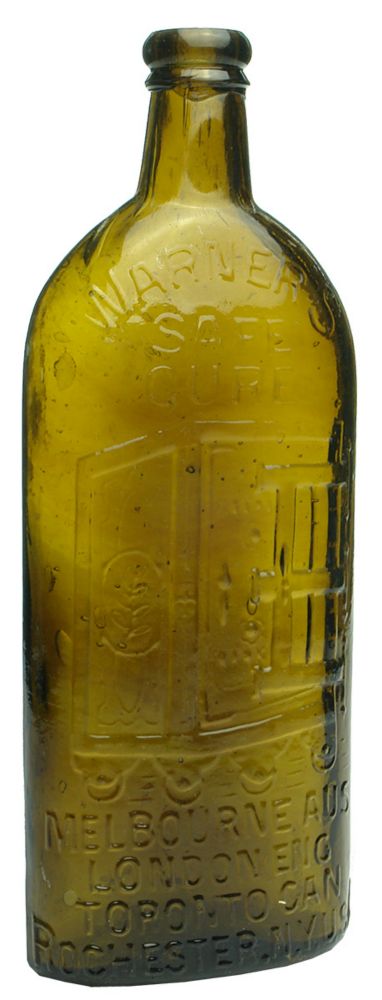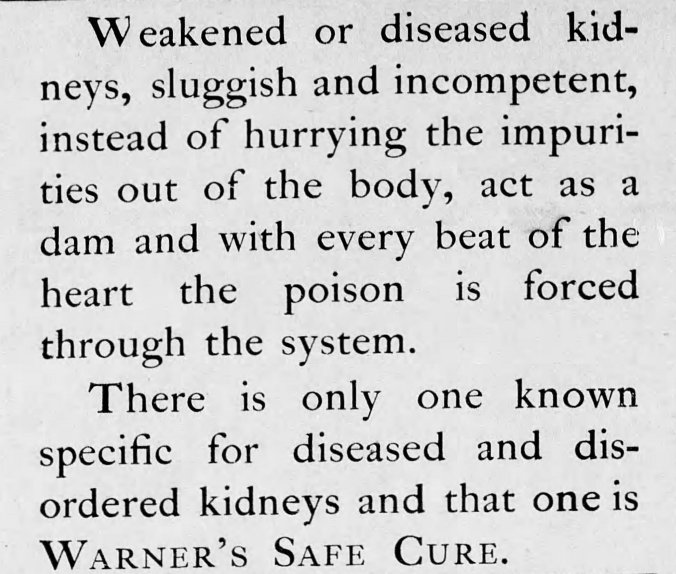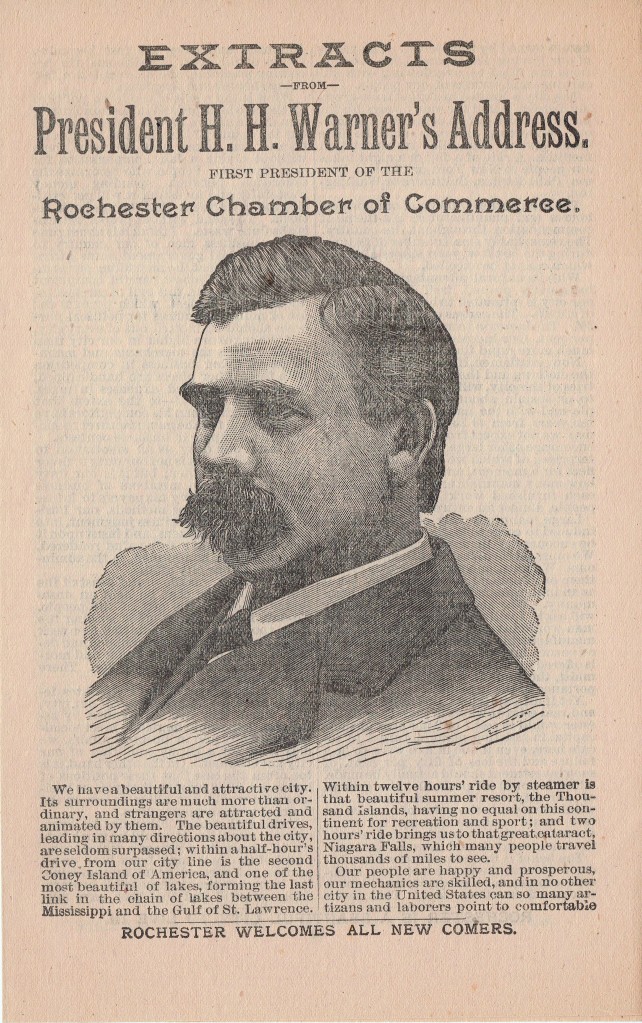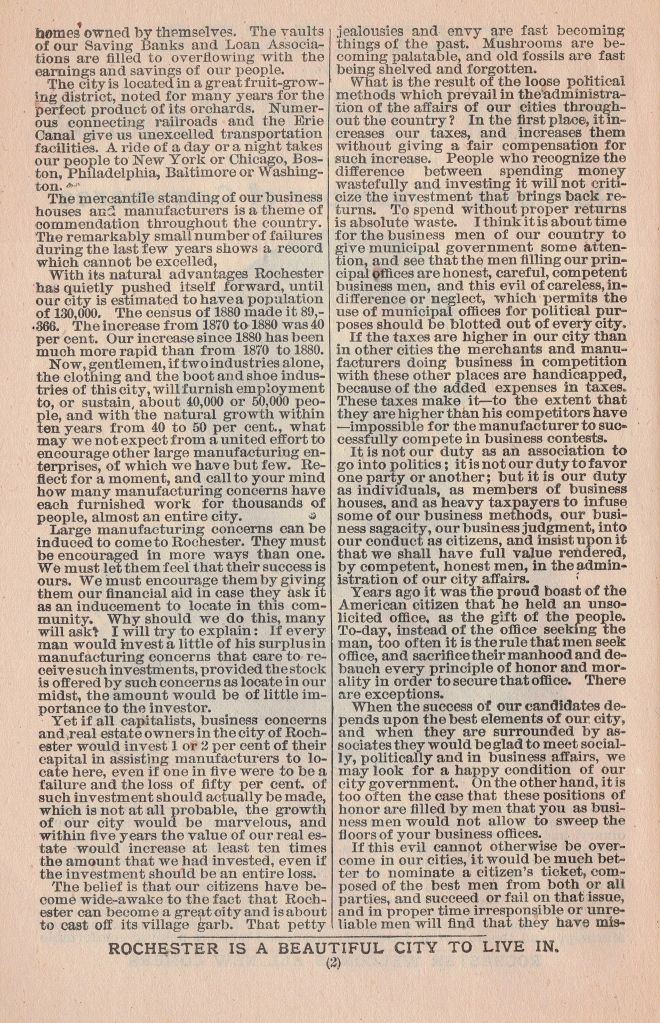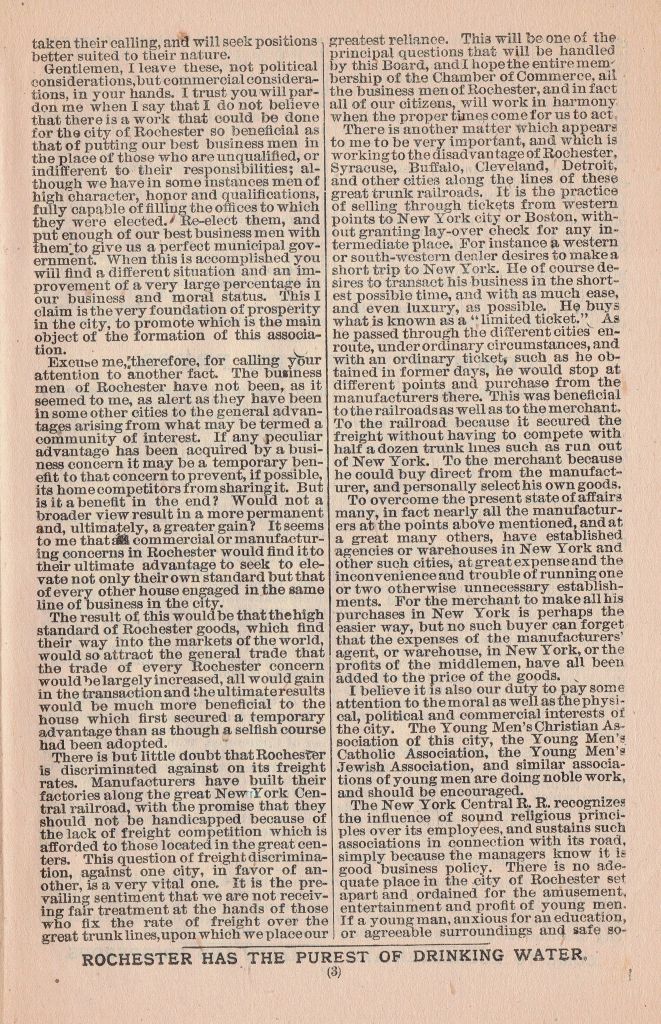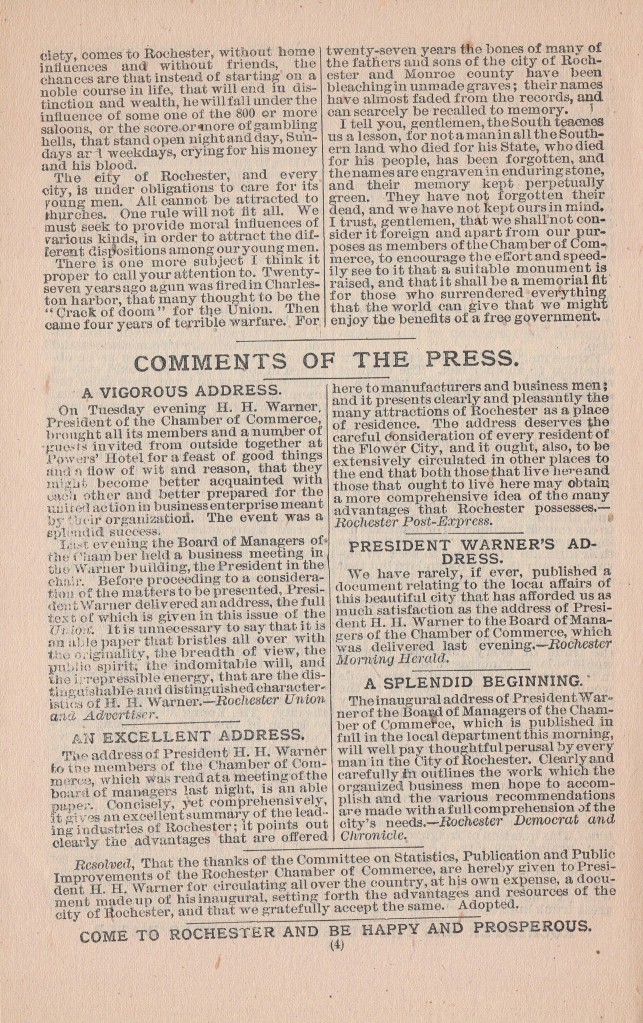With the possible exception of the aqua Rochester Safe Remedies Company bottles, aqua Warner’s are pretty rare. The best examples are the aqua London Safe cures including the Safe Cure, Safe Nervine, Safe Rheumatic and Safe Diabetes cures that were probably produced in the early decades of the twentieth century. Their colors run from aqua to ice blue and almost clear and they appear in both the pint an half pint sizes. So far, they have been very hard to find, although the occasional example pops up.
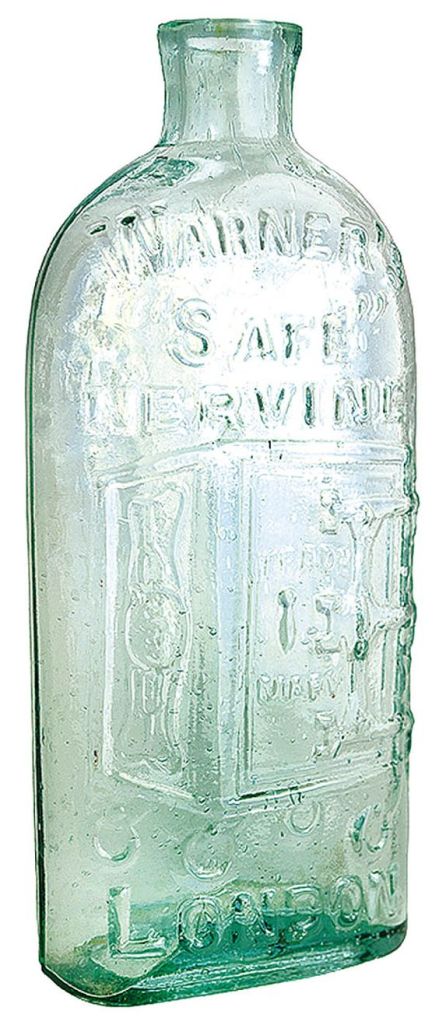
To date, we have not seen any aqua Warner’s from Frankfurt, Toronto (3-Cities), Melbourne or Dunedin (4-Cities). If they ever show up, they are likely to fetch a handsome price. Perhaps the best reason for the lack of bottles in this color range was H. H. Warner himself. Warner was very preoccupied with protecting his trademark and part of that protection was regulating not only the the contents and the labelling of the bottles, but their color as well. Warner insisted that his Safe Cure be bottled in amber bottles and that those bottles have specific labels and tax stamps to ensure that they were genuine and not the product of counterfeiters. It was only after Warner lost control of his company in 1893 that we begin to see a shift away from amber and into other colored bottles, which were likely purchased because they were cheaper to produce. We see wonderful examples of colored Warner’s from London and Frankfurt and Pressburg. London has perhaps the best variety of colors, but there are some awesome blue-green examples from Frankfurt.
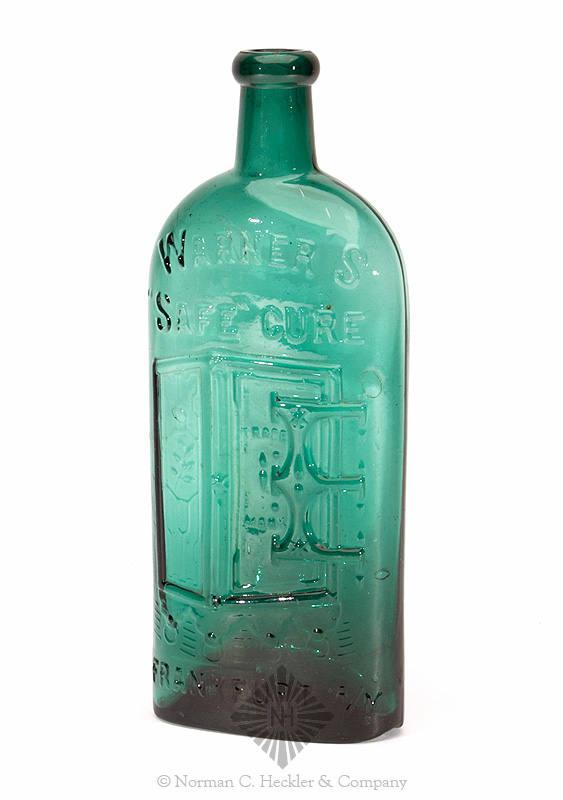
One of my favorites from this exclusive European club is the aqua Pressburg Safe Cure. In recent years, the value of amber Pressburgs has dropped thanks to the fact that more have surfaced in countries of the former Warsaw Pact. The same can be said to a lesser degree about green Pressburgs, but the aqua Safe Cure remains an elusive catch. I added one to my collection back in 2001 and bought it from another Warner’s collector. I paid, what I considered to be, a princely sum. In the intervening 20 years, I don’t recall seeing another being offered for sale either at a show or online. Just recently, on eBay, a seller in Hungary offered an aqua Pressburg Safe Cure for sale. The item, pictured below, ended up selling for $2648.00. That is about 2.5 times what I paid in 2001 and made be feel better about my amber Pressburg, whose value has gone in the opposite direction.
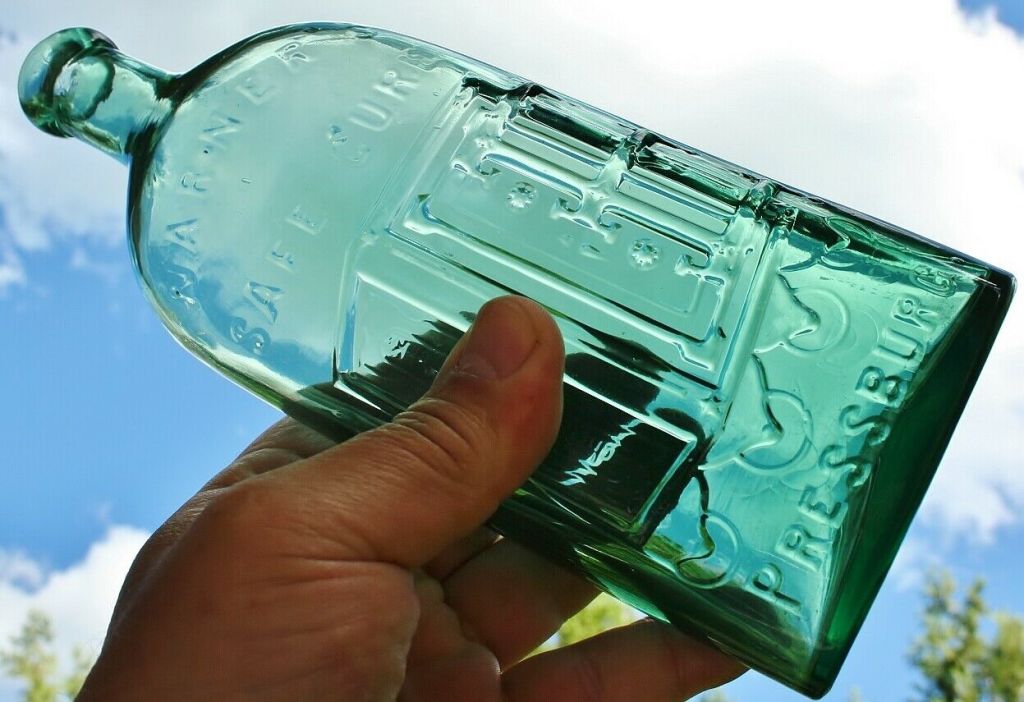
Almost all the Pressburgs I have seen over the years, in various colors, have suffered from weak embossing. That is certainly the case with my aqua Safe Cure and is also true of this example, although the word “Pressburg” is fairly strong. We don’t know where the Pressburg bottles were made, but the quality-control left something to be desired. Even so, the Pressburg Office remained open only about two years (1888-1890), which undoubtedly, also contributes to the rarity of these bottles. Not sure if it will be another twenty years before an aqua Pressburg comes available for sale, but for now it is safe to say that aqua Pressburg Safe Cures rock!
